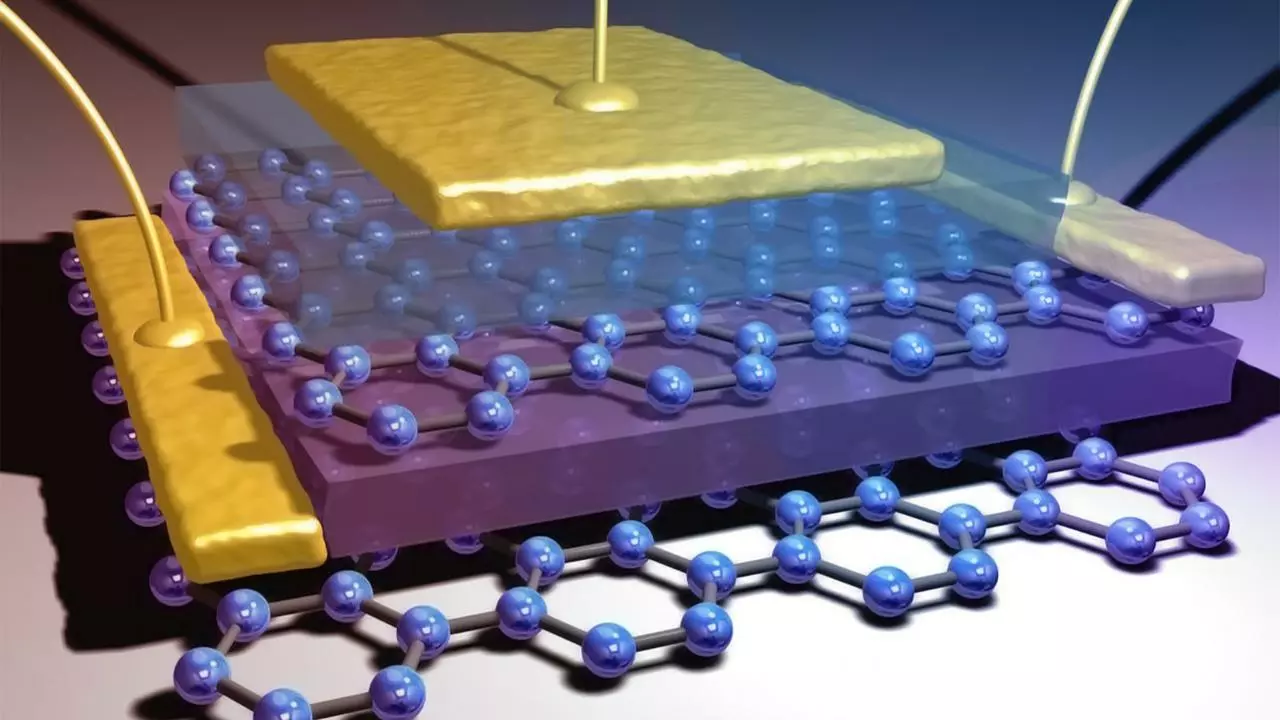Low density materials: what they are and when to choose them
Want something that’s strong but barely there? Low density materials save weight, cut shipping costs, and give great insulation—but not all of them fit every job. This page gives clear, practical advice: what types exist, where they work best, and how to pick the right one without overpaying.
Common types and where they're used
Polymer foams (expanded polystyrene, PU foam, polyethylene foam) are cheap and great for packaging, cushioning, and simple insulation. Their density often runs from about 10–50 kg/m³ (0.01–0.05 g/cm³), so they’re light and easy to shape.
Aerogels are ultra-light solids with excellent thermal performance. Some aerogels weigh as little as 3 kg/m³ (0.003 g/cm³). Use them where space and thermal efficiency matter, like specialty insulation or high-end outdoor gear.
Lightweight composites and honeycomb cores mix thin skins (carbon or glass fiber) with low density cores to get high stiffness at low weight. These appear in drones, bike frames, and aircraft interiors. Metallic foams and sintered metals offer fire resistance and energy absorption for safety parts.
How to pick the right low density material
Start with the primary need: is it weight saving, thermal insulation, shock absorption, or structural support? If you need cushioning, choose closed-cell polyethylene or PU foam. If you need thin, lightweight strength, consider a honeycomb core or carbon-fiber composite.
Check these specs on the datasheet: bulk density (kg/m³), compressive strength, tensile strength, thermal conductivity, and moisture absorption. Don’t guess from appearance—ask suppliers for test results or samples and run a simple crush or bend test yourself.
Think manufacturing next. Some foams are easy to cut and glue; composites need molds or CNC trimming. Aerogels can be brittle and may require protective facings. Match the material to your fabrication process to avoid surprise costs.
Price matters. Aerogels and carbon composites are expensive per kg but may still be cheaper overall if they let you remove expensive hardware or reduce shipping. For bulk packaging, EPS or polyethylene foam usually gives the best cost-to-weight tradeoff.
Safety and standards: look for flammability ratings, outgassing data for enclosed spaces, and certifications like UL for building materials. For medical or food contact, confirm biocompatibility or FDA status.
Final practical tips: always request a sample, test under the real conditions you'll face (humidity, load, temperature), and ask suppliers about minimum order size and lead time. Start small, validate performance, then scale up.
Pick the light material that fits the job, not just the lightest one. That balance keeps your product safe, cheaper to move, and easier to build with.
